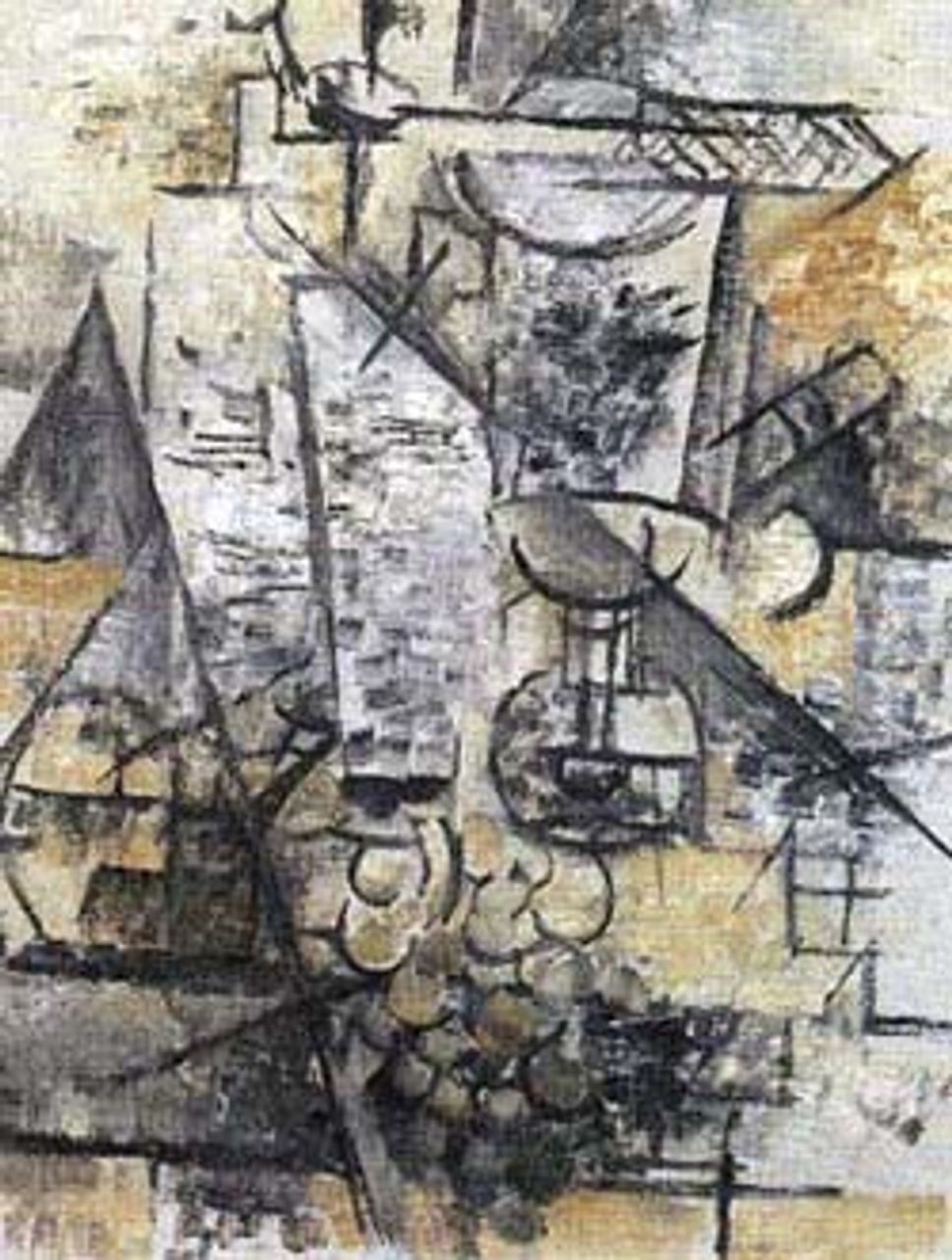 The recent purchase of Georges Braque’s Le Verre d’Absinthe (The Glass of Absinthe) by the Art Gallery of New South Wales in Sydney, is an important addition to the gallery’s collection of paintings by this significant 20th century artist.
The recent purchase of Georges Braque’s Le Verre d’Absinthe (The Glass of Absinthe) by the Art Gallery of New South Wales in Sydney, is an important addition to the gallery’s collection of paintings by this significant 20th century artist.
Painted in 1911, Le Verre d’Absinthe is one of a number of works produced by Braque (1882-1963) during the rise of Cubism — the revolutionary artistic movement he developed jointly with Pablo Picasso (1881-1973).
The Cubists not only created a unique artistic language and symbolism, they opened up a new era in modern painting. Their treatment of space is arguably the most remarkable advance in art since the one-point perspective — the means by which Renaissance artists created the illusion of three dimensional space and distance through an imaginary vanishing point.
The particular achievement of Picasso and Braque was to initiate a new method of expressing three-dimensional relationships.
Born in 1882 at Argenteuil sur Seine, France, Braque was the son of a professional painter-decorator. Apprenticed to his father’s workshop, he later moved to Paris in 1900 where he obtained his craftsman’s diploma and studied painting and drawing. In 1904 he rented a studio and in 1907 was introduced to Picasso by the poet Guillaume Apollinaire.
Braque and Picasso attended the Paul Cézanne (1839-1906) memorial exhibition at the Salon d’Automne in Paris that year, an event that profoundly influenced the two young artists. Cézanne sought to depict objects through basic geometrical shapes and planes. His central emphasis was on form rather than the content of the objects he portrayed.
Picasso’s initial response to the exhibition was his Les Demoiselles d’Avignon . This painting of five nudes abandoned all normal anatomical proportions, reducing the human figure to geometrical triangles and rhombuses.
Figures were depicted from several angles — the front, back or side — at the same time. This radical new approach to the expressive potentiality of the human anatomy shocked the Parisian artistic milieu, many of whom declared that he had gone mad.
Braque responded to Picasso’s painting by producing Grand Nu in 1908. He also combined several sides of the object in a single image. These works heralded the arrival of Cubism.
So close was Braque and Picasso’s collaboration and so strong their determination to advance the aesthetic conceptions and questions posed by their artistic and technical discoveries that they did not even bother to sign their paintings. This partnership continued until the outbreak of World War I, when Braque was drafted into the French army.
Explaining their technique, Braque said:
“The traditional concept of perspective failed to satisfy me. Mechanised as it is, this perspective never assures the full possession of the object. It proceeds from one standpoint and refused to budge from there. This angle, or view-point, is a totally insignificant thing. It is as though one were to draw only profiles all one’s life, leading one to believe that man has only one eye. When one arrives at this new approach everything changes to a degree you can hardly fathom! What appealed to me in particular — it was actually the dominant feature of Cubism — was the materialisation of this new concept of space that we felt was in the offing...”
Le Verre d’Absinthe is an example of this new technique. Light, shadow and colour are secondary and totally subordinated to the aim of creating depth, space and a multi-dimensional character. All the objects are deconstructed into planes and, like something refracted in a crystal, dispersed throughout the painting. At the same time the bright colours of the early Cubist work are replaced with browns, tans and olives, giving the composition a more serene and at times translucent look.
Apollinaire described Braque’s artistic work as “heroic”. “He has taught the aesthetic use of forms so hidden that only certain poets had intimations of them. Georges Braque should be called ‘the verifier’. He has verified all the innovations of modern art and will verify still others.”
Le Verre d’Absinthe , along with the other four Braque works at the NSW Art Gallery, should be seen and studied by all who seek a deeper understanding of Cubism and its role in the foundations of modern art.
